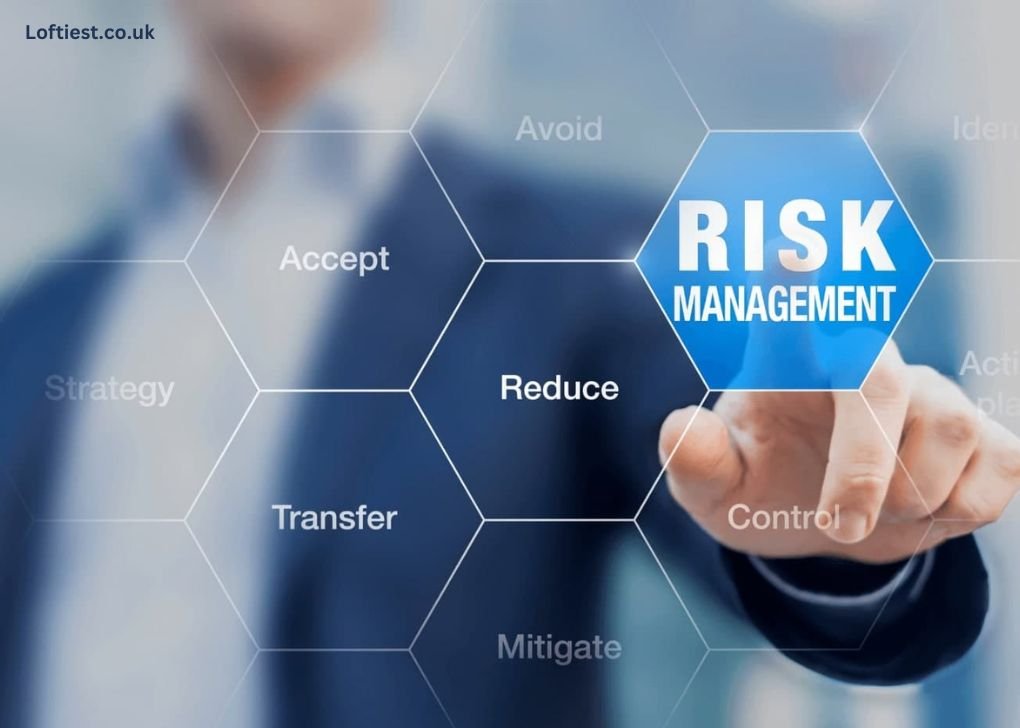There are hazards associated with operating a business. As an entrepreneur or business owner, it is important to have a plan in place to mitigate these risks. A well-executed risk mitigation plan can help prevent potential disasters and protect your business from financial losses.
In this blog post, we will discuss how to mitigate risk in business and provide some practical examples of risk mitigation plans that you can implement in your own company. By the end of this post, you will have a better understanding of how to protect your business and ensure its long-term success. Let’s dive in and explore the world of risk management in business.
Mitigating Risk: A Guide for Business Owners
Mitigating risk in business requires a proactive approach. First, identify potential risks by analyzing internal and external factors that could impact your operations. This includes market fluctuations, regulatory changes, cyber threats, and operational inefficiencies.
Next, prioritize these risks based on their potential impact and likelihood of occurrence. Develop strategies for each significant risk, which could involve transferring the risk through insurance, reducing the risk by implementing safety measures, or avoiding the risk altogether.
Engage your team in this process to ensure comprehensive coverage and assign clear responsibilities for managing each risk area. This foundational step is critical for building a resilient business strategy.
Conducting a Comprehensive Risk Assessment
To effectively conduct a comprehensive risk assessment, begin by gathering a diverse team from across your organization, ensuring all departments and perspectives are represented. Utilize a structured framework to identify potential risks, categorizing them by type such as financial, legal, operational, and strategic.
Assess each risk for its potential impact and the likelihood of occurrence. During this stage, tools such as SWOT analysis (Strengths, Weaknesses, Opportunities, and Threats) can be quite helpful.
Documenting all findings in a risk assessment matrix helps visualize the prioritization of risks, guiding the development of tailored mitigation strategies. This step is crucial for understanding the specific risks your business faces and laying the groundwork for a robust risk management plan.
Developing a Risk Management Plan
Creating an effective risk management plan involves outlining specific strategies to address identified risks. Start by establishing clear objectives for risk mitigation, focusing on the most critical risks first.
Incorporate risk mitigation plan examples such as contingency planning for operational disruptions, financial reserves for economic downturns, or cybersecurity protocols to protect sensitive data. Assign responsibilities to team members for implementing and monitoring each strategy.
Additionally, set up regular review meetings to assess the plan’s effectiveness and make necessary adjustments. This approach ensures your business is prepared to manage and mitigate risks proactively, contributing to its overall resilience and stability.
Implementing Strong Internal Controls
Implementing strong internal controls is essential to mitigate risk in business effectively. These controls include financial audits, clear reporting lines, and strict access rights to sensitive information. By establishing detailed policies and procedures, businesses can monitor operations closely and detect discrepancies early.
Regular training sessions for employees on compliance and ethics further strengthen these controls, ensuring everyone understands their role in risk management. This systematic approach not only safeguards assets but also instills a culture of accountability and transparency within the organization, which is vital for minimizing risks and enhancing operational efficiency.
Fostering a Risk-Aware Culture
Fostering a risk-aware culture is pivotal in learning how to mitigate risk in business effectively. Encourage open communication about potential risks at all levels of your organization.
This can be achieved through regular training sessions focused on identifying and addressing risks, encouraging employees to speak up about concerns without fear of retribution, and celebrating successes when risks are successfully managed or averted.
Integrating risk management into the daily activities and decision-making processes ensures that risk awareness becomes a core component of your company’s culture, enabling a more resilient and agile business environment.
Keeping Your Risk Management Strategies Up-to-Date
In a constantly evolving business landscape, updating your risk management strategies regularly is crucial. Schedule periodic reviews of your risk assessment and mitigation plans, ideally on a quarterly basis or after significant business changes.
Adapt to new threats by incorporating the latest industry insights and technological advancements into your approach. This may involve updating internal controls, revising contingency plans, or exploring new insurance options.
Staying informed about changes in regulations and market conditions is also essential. By maintaining a dynamic approach to risk management, you ensure that your business remains protected against emerging threats and positioned for sustainable growth.
Conclusion
Mitigating risk in business is a multifaceted process that requires diligent planning, a proactive approach, and a culture that embraces risk awareness. By conducting thorough risk assessments, developing tailored risk management plans, implementing strong internal controls, and fostering a risk-aware culture, businesses can safeguard their operations against potential threats. Remember, the key to successful risk mitigation lies in regularly reviewing and updating your strategies to adapt to the ever-changing business environment. Adopting these practices will not only protect your company but also position it for long-term success and stability.


